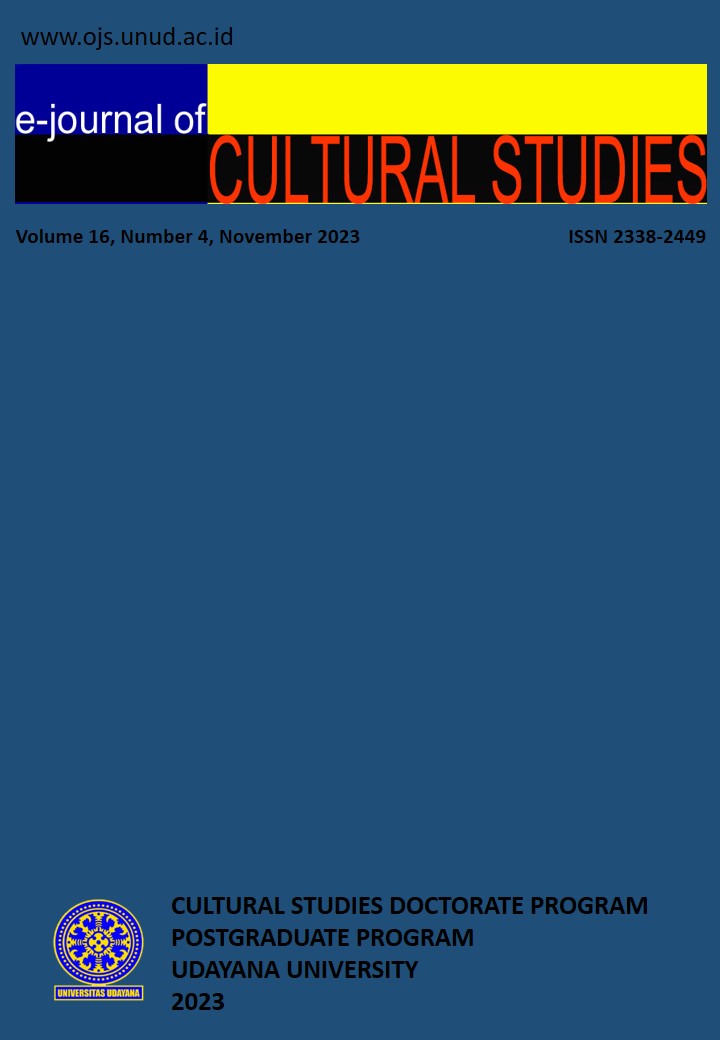THE PRACTICES AND CHALLENGES OF SHIMGLINA CUSTOMARY CONflICT RESOLUTION MECHANISM IN RURAL LAND DISPUTES IN ETHIOPIA
Abstract
This study employed qualitative research approach and data were collected using focus group discussion, interviews, and non-participatory observation; and relevant literatures and documents are reviewed. Informants were selected based on purposive and snowball sampling. The total number of informants participated in this study were 201. The data were analyzed through the use of thematic analysis. The findings indicated shimglina customary conflict resolution mechanisms played great role in rural land dispute resolution. People prefer it in terms of time, resource, accessibility, and restoring the broken peaceful relationships. Also, the study revealed, shimglina faced many challenges which hinder its effectiveness in the resolution of land use disputes. Lack of attention to shimglina culture of peace by the government, the intervention of government bodies in the process of dispute resolution, the absence of incentives to Shimageles (elders), the influence globalization are the challenges. The government should give attention to shimglina in rural land disputes for peaceful co-existence and community solidarity. Shimageles (elders) play vital roles which include arbitration, mediation, decision making, peace-making, and permit traditional oath and link the living with God. This study recommends; the government should give attention to shimglina culture of peace in rural land use disputes.
Keywords: Rural Land Dispute, customary Conflict Resolution, Challenges of Customary Conflict Resolution, Peace, Shimglina, Bahir Dar zuria Woreda







